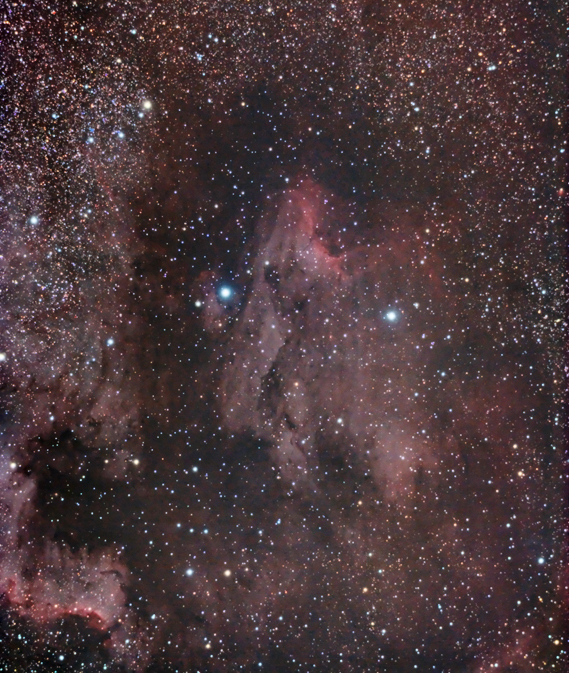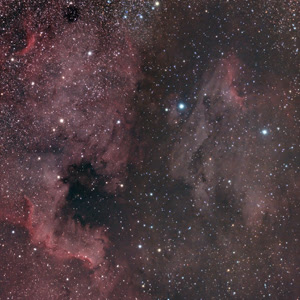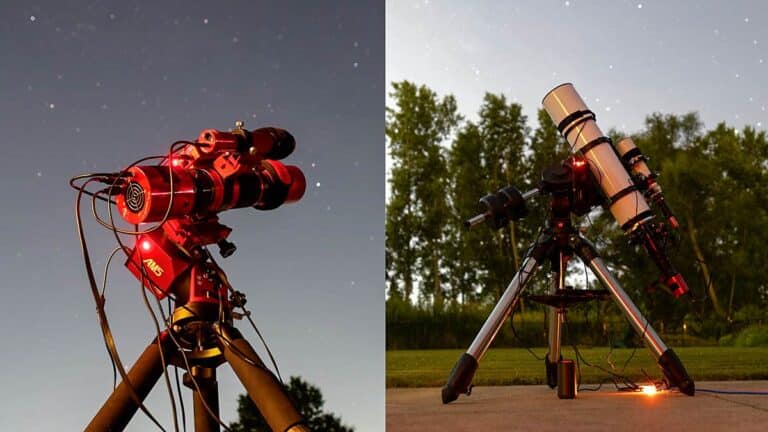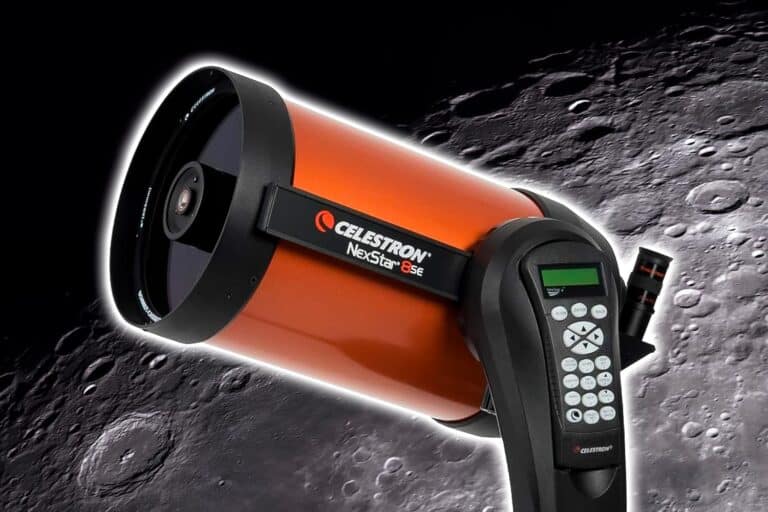IC 5070 – The Pelican Nebula
To view my latest image of the Pelican Nebula, have a look at the version captured using a dedicated astronomy camera (ZWO ASI294MC Pro). Narrowband filters can make capturing faint emission nebulae like the Pelican Nebula easier from the city, as it separates the light wavelengths associated with the target from a washed out sky.
IC 5070 – The Pelican Nebula
Above: IC 5070, The Pelican Nebula Imaged Tues., Sept 4, 2013
17 subs 5 Minutes Each totaling 1 Hour, 25 Minutes
PHOTO DETAILS
Scope: Explore Scientific ED80 with WO Flat III 0.8x FR/FF
Mount: Skywatcher HEQ5 Pro Synscan
Guiding: Meade DSI Pro II and PHD Guiding
Guide Scope: Orion Mini 50mm
Camera: Canon EOS 450D (Stock)
ISO: 1600
Exposure: 1 hour 25 minutes (17 x 300s)
Processing Software: Calibration and Stacking in Deep Sky Stacker, Levels/Curves/Enhancements in Photoshop
Support Files: 15 bias, 15 darks
Thanks to my IDAS LPS filter, I have been able to image in my backyard in the city with decent results. Before I had the filter, a 3-minute exposure would be so washed out, that I could not make out the subject I was imaging until making a levels adjustment in Photoshop. Now, I can take 5-minute exposures at 1600 ISO with minimal effects of light pollution.
Emission Nebulae like the North America Nebula, Pelican and California really don’t show up well with a stock camera, but I have tried my best to pull out as much nebulosity as possible anyway. As the nights get cooler and longer, I will be switching my focus to fall objects in the coming weeks:)
North America Nebula & Pelican Nebula







The Pelican looks awesome! I can't believe this was taken from the city! …and like you said, your camera isn't even modified.
Thanks
Greg
Now that I look at it again it looks muddy, probably a combination of stretching the data too far and the LP. But thanks Greg!